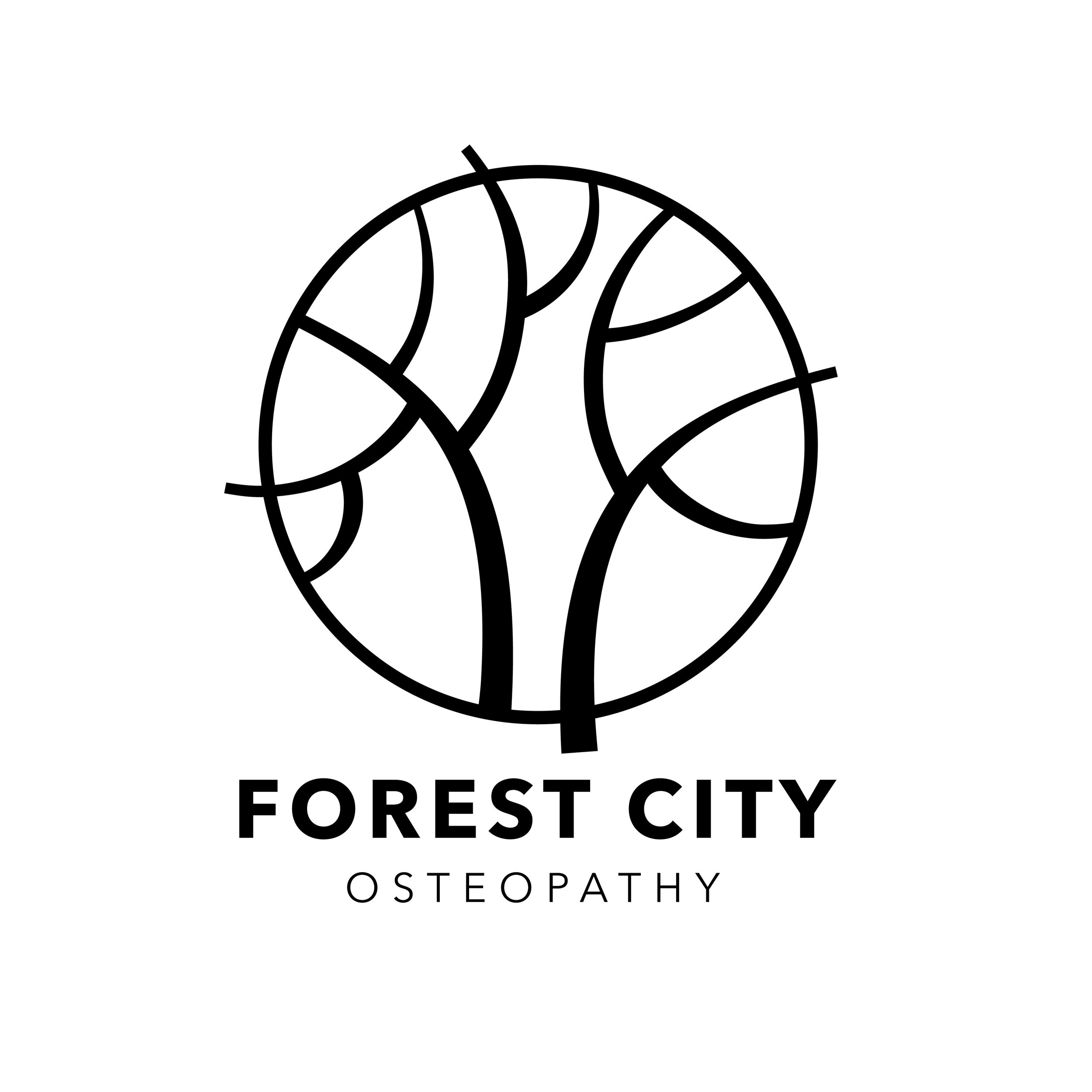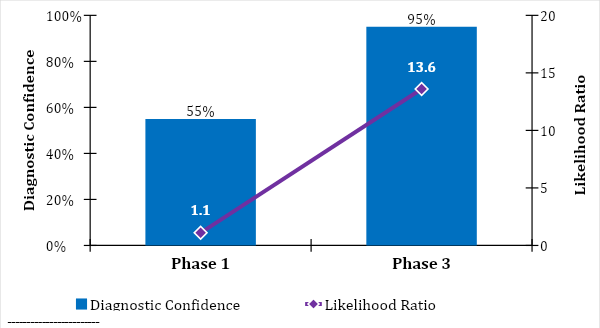A palpation study to investigate examiner accuracy for kidney pathology detection
Palpation, by its very nature, is an experience as described from a first-person perspective. Practically, it is beneficial to accept and embrace the inherent subjective and conditional nature of perceptual palpation in a clinical environment. The physical experience of human tactility is predominantly immediate, universal, and can be controlled in a sense as a dependent variable. However, as soon as one focuses on a particular characteristic of the object in question, such as a palpatory parameter, they have effectively engaged a mental experience with their conscious awareness. This act of perception therefore cannot be traced or controlled as clearly. It is an entirely individual experience that discriminatively focuses and simultaneously limits the view of the respective phenomenon. Our human tactile sensory perception thereby, is not simply a complete mirroring of that which is outside the body but instead, is a process of organizing and associating information in order to make sense of something that ultimately has infinite complexity.
Despite the clinically observed efficacy associated with the practice of osteopathy from the earliest treatments tendered by Dr. Still, there remains a lusterless hue over manual medicine’s continued inability to produce quantifiably reproducible results between and amongst practitioners. The general scientific community will not likely accept the efficacy of osteopathic visceral treatment if there are no functional outcome measures for testing, proven valid and reliable, that can be practically obtained in a typical clinical setting.
Perhaps the scientific earmarking of the osteopathic profession’s lack of reliability is premature. Due to the individualistic nature of each practitioners palpation, training, and the conditional nature of each patient’s unique presentation, it is almost impossible to extend the results achieved from one practitioner to that which can be expected of others, especially without a demonstrable consensus and refinement of the accepted palpatory method of evaluation.
The current need in visceral reliability research, among relatively novice palpators then, may not be so much for the external validation that comes with achieving statistically significant agreement at near perfect thresholds; but rather, to provide evidence that supports the foregoing collective confidence amongst established practitioners with respect to these complex perceptions.
This author acknowledges that within the subjective experience, the possibility for perceptual error still exists, and cannot be accurately explicated through blunt statistical analysis alone. Similar to how a full moon appears larger at the horizon than at its zenith in the sky, the possibility of reliably palpated illusions are what have organically shifted the statistical measures of this experiment from a strict outcomes-based approach to include a process-driven analysis
The alternative benefit of this study; then, rather than just reporting possibly misleading outcome-based analyses of reliability, is in how it explores the question of ‘Are there acceptable methods with which can be implemented and tested to improve the empiricism of a palpatory experience?’
The authors of these two concurrent reliability studies, constructed a 3-part training protocol using an ultrasound, hand-over-hand training with educators from the Canadian College of Osteopathy and a consensus training module in an effort to better augment the results of reliability. By conducting a comparative analysis, this author was able to test the respective agreement between the two examiners for 14 palpatory characteristics in Protocols I & II before and after the respective 5-month training protocol. Though an amalgamation of these sensorial parameters and an examiner’s combined knowledge and experience, each author was asked to formulate a clinical impression as whether they perceived a participant with a pathological or non-pathological renal volume.
It was hypothesized that information from amalgamated protocols and palpatory parameters will be sufficient to accurately identify the presence of a pathologically diseased organ, specifically in patients with formally diagnosed chronic kidney disease or renal cystic diseases.
Figure: 1. Inter-rater reliability Diagnostic Accuracy and All characteristics combined (Phase-1 and Phase-3).
The results of this study demonstrated that 9 out of a total of 14 characteristics demonstrated statistically significant improvement (p<0.05) for reproducibility of their relative kappa values (k) beyond chance. The results also demonstrated statistically significant improvement (p<0.001) of diagnostic accuracy for all assessments amongst both raters. It can therefore be concluded that the training protocol significantly improved, among two novice palpators, their ability to perceive and delineate the biological changes affiliated with formally diagnosed renal pathology.
Figure: 2. Accuracy Rater 1 and Rater 2 (Phase 1 and Phase 3)
Figure: 3. Diagnostic confidence and likelihood ratio all assessments (Phase 1 and Phase 3)
The results of this study overwhelmingly demonstrated the highest levels of inter-examiner reproducibility as occurring with respect to the parameters of Protocol II (Figure 24). Specifically, the examiners achieved statistical significance (p<.001) for all six parameters above the level of chance (k>0). Four of these parameters were found to be statistically significant (p<.05) when calculated at a kappa threshold of (k>0.4), and two of these parameters even reached significance (p<.05) when calculated at a kappa threshold of (k>0.6).
Figure: 3. Inter-rater reliability combined characteristics under Protocol 2 (Phase 1 and Phase 3).
According to the most up-to-date literature reviewed during the course of this dissertation; the results of this study’s reliability and validity analyses provide evidence to support that osteopathic palpation and its assessment capabilities, particularly in Protocol II, could potentially serve as an indispensable tool of preventative medicine.
This study was one small step in developing a reasonable foundation for osteopathic palpatory research amongst senior students and learners. The undeniable strength of this study was in how, through an educational directive, it provided an opportunity for student examiners to honestly represent their relatively modest levels of skills, for the ultimate objective of experimentally inspiring the improvement process. Fortunately, the examiners could not simply report conclusions of reliability from the results in Phase-1. Instead, they were given an opportunity to identify the sources of their errors and of the discrepancies between their perspectives. They were able to challenge and embrace the sensory experience through multiple instances of conflict. Through reflection, the examiners successfully integrated a positive educational experience that encouraged the thorough completion of an experiential learning cycle.






